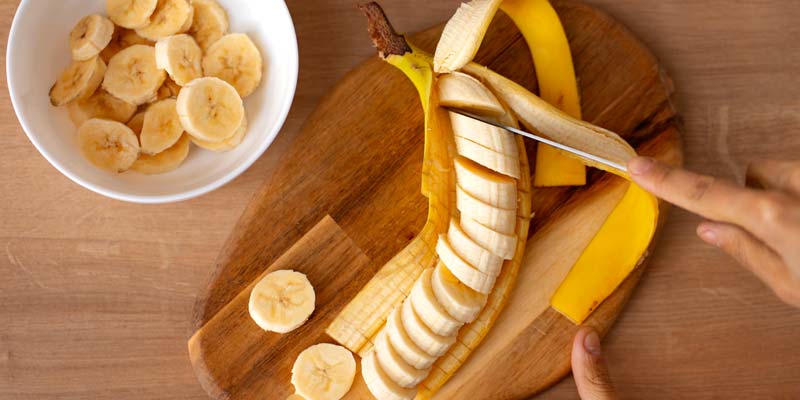Bananas are nature’s perfect snack – they come conveniently packaged, are deliciously sweet, and are packed with essential nutrients. But for those watching their carbohydrate intake, the question often arises: just how many carbs are in a banana? Let’s peel back the layers of this fruity mystery and find out.
Understanding Carbohydrates
Before delving into the specifics of banana carbs, it’s essential to understand what carbohydrates are and why they matter. Carbs are one of the three macronutrients, alongside protein and fat, and they serve as the body’s primary source of energy. They come in various forms, including sugars, starches, and fiber.
The Carb Content of Bananas
Bananas are renowned for their natural sweetness, which comes from their sugar content. However, they also contain starches and fiber, which affect how the body processes its carbs. Here’s a breakdown of the typical carb content in a medium-sized banana, which is approximately 7 to 8 inches long and weighs around 118 grams:
- Total Carbs: A medium-sized banana contains about 27 grams of carbohydrates.
- Sugar: Of those 27 grams, around 14 grams are from sugar, primarily in the form of natural sugars like glucose, fructose, and sucrose.
- Starch: Bananas also contain starch, with approximately 3 grams per medium-sized fruit. Starch is a complex carbohydrate that takes longer for the body to digest, providing a more sustained release of energy.
- Fiber: Fiber is another component of banana carbs, contributing approximately 3 grams per medium banana. Fiber is crucial for digestive health and can help regulate blood sugar levels.
Ripeness Matters
The carb content of a banana can vary depending on its ripeness. As bananas ripen, their starch content converts into sugar, making them sweeter. Therefore, a riper banana may contain slightly more sugar and fewer starches compared to a less ripe one.
The Glycemic Index of Bananas
Another factor to consider is the glycemic index (GI) of bananas. The GI is a measure of how quickly a food raises blood sugar levels. Despite their sweetness, bananas have a relatively low to medium GI, ranging from 42 to 62, depending on ripeness. This means that the carbs in bananas are digested and absorbed more slowly, resulting in a gradual rise in blood sugar levels.
Are Bananas Keto-Friendly?
For individuals following a ketogenic diet, which is low in carbs and high in fats, bananas may not be the most suitable choice due to their higher carb content. However, some people on less restrictive low-carb diets may still incorporate small amounts of bananas into their meals while staying within their carb limits.
Conclusion
In conclusion, bananas are a delicious and nutritious fruit that can be enjoyed as part of a balanced diet. While they do contain carbs, including sugars, starches, and fiber, the overall carb content of a banana is moderate. By understanding the carb content of bananas and how it fits into your dietary goals, you can continue to enjoy this versatile fruit as a healthy snack or ingredient in various dishes. So, go ahead, grab a banana, and enjoy nature’s perfect snack guilt-free!
FAQs
Q1. Is banana high in carbohydrates?
For example, grapes and bananas are rich in carbs. One cup of grapes has around 26 grams, while a medium banana contains about 24 grams of carbohydrates. Generally, it’s advisable to steer clear of these fruits. However, strawberries offer only 8 grams per cup, and a medium orange has about 12 grams of carbs.
Q2. How many carbs should I eat a day?
If your daily calorie intake is 2,000, aim to consume 900 to 1,300 calories from carbohydrates. This equates to approximately 225 to 325 grams of carbs per day.

